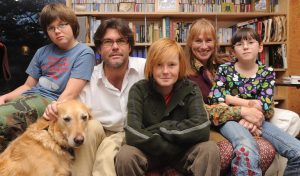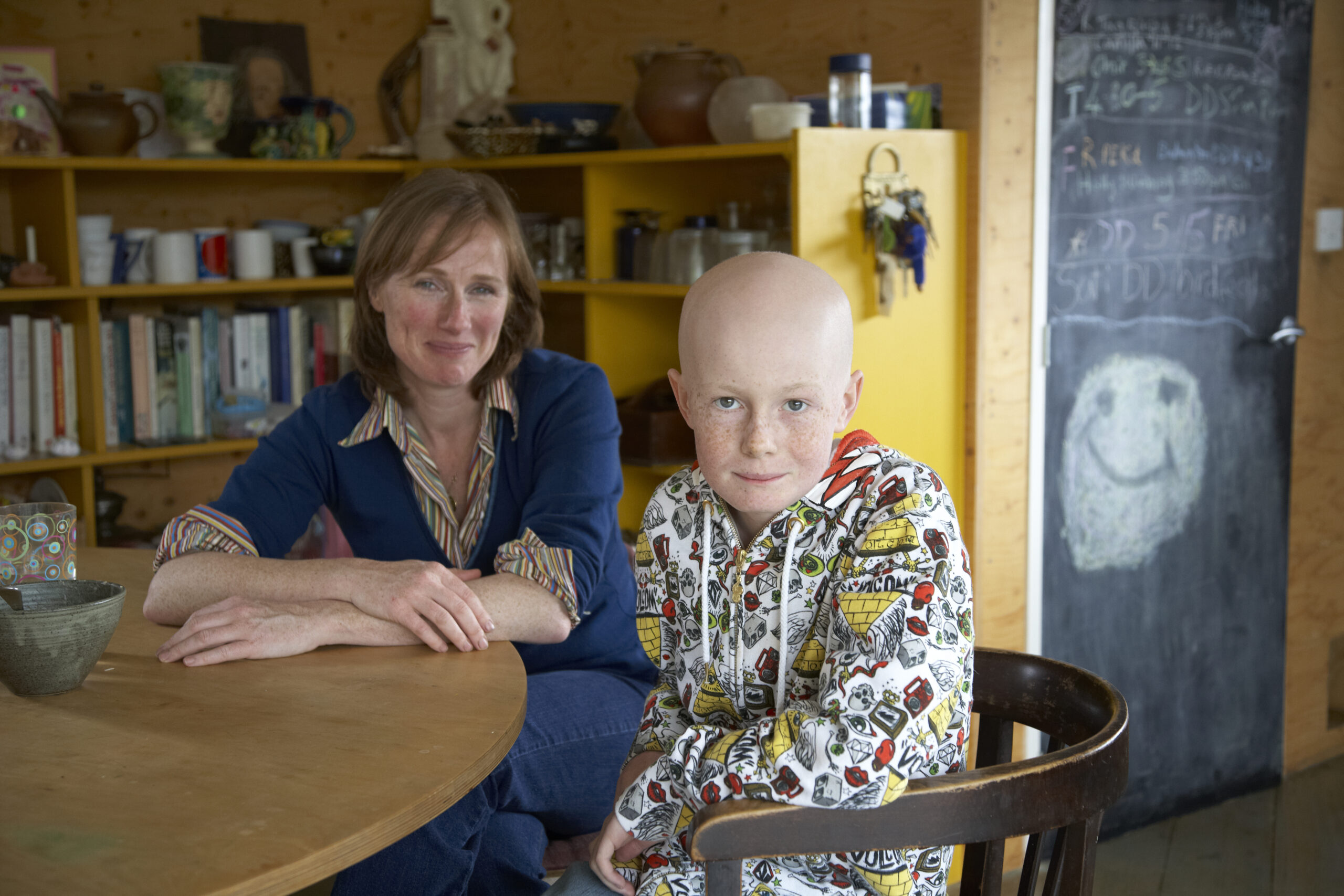“I love it here” were the last lucid words my 16 year old said before he died from a cancerous brain tumour in 2012. Knowing that we had done what he wanted at the end of his life and enabling a good death for him at home I shall always consider my greatest achievement and a huge consolation in grief. Currently in the UK parents have told charities that they feel they have no information on what to expect and feel isolated at their child’s End of Life.
So the reason for writing a practical book on what to expect, how to plan and what you can do at the end of your child’s life was to hold out my hands to the next generation of parents and offer them clear information to reassure and empower and to break the silence around child death. I myself was empowered by the example of another mother who had also managed her child’s death at home in a rural setting and with much younger children than mine (my youngest was nine when her brother died). I thought, if she can do it, I can do it. Hearing about other parents’ experiences, as you would do when expecting a baby, was what I wanted when DD was at the end of his life to supplement information given by health professionals.
There are four other mothers who share their experiences in this book and our children were different ages when they died, they had different diseases and they died in different settings – at home, in a children’s hospice and in hospital. One lives in Florida where there are no specialised children’s palliative care services and three lived in different areas of the UK with varying services available. We are all passionate about raising awareness that children and young people’s palliative care should be accessed by families as early as possible and that services should join up and be available everywhere not just in a few big cities. If the majority of adults when asked express the desire to die at or near home, I cannot imagine children would differ if they were given a real choice.
What worked for my family was having an honest conversation as soon as it became clear that end of life was going to happen – after a scan had shown that his cancer had returned again. We then did detailed planning (Advance Care Planning) with a specialist palliative care nurse to make sure we could prevent crises, particularly anything that might mean an emergency admission to hospital. We succeeded triumphantly with spinal tumour pain, sickness, seizures and dementia all managed very successfully at home. We did so much living those last 3 months.
What didn’t work was the gaps between different services in our area, – the lack of links – which is a national problem in the UK. So we should have been connected to a hospice homecare program that was available in our area. This would have meant day care at home and I would not have got so exhausted. More important it would have given my other children access to counselling and linked bereavement support for all of us – we had none. Our other failing was that the health care professionals looking after us were not aware of the choices available to families after the death and before the funeral. We had good planning for before and up to the death but not for afterwards. If I had known what I do now, we could easily have planned in advance with our team for our son’s brain to be donated to science to facilitate research into cures for children in the future. Our son loved science and I’m sure he would have wanted this, had his dementia not prevented us from having that discussion.
It is a huge comfort to us, as bereaved Mums, to know that we’re sharing our experiences of our beloved children’s end of life care to move forward the quality and extent of provision in both our countries but, equally important, to remove the incapacitating fear that silence on this subject produces. We all made birth plans when we were expecting our children, it should be normal if you have to face their death, that you are supported to make a death plan well in advance. There’s only one chance to get it right and no one wants to have regrets afterwards about what you might have done had you only known. There are template documents – Advance Care Plans (ACP) – from around the UK but also the main one used in the few cities in the US where there are specialist children’s palliative services, so that families can see what needs to be in place.
We send all our love as parents to other parents, hold out our hands and say, if we can do it, you can do it.
Follow the Child: Planning and Having the Best End of Life Care for you Child; Sacha Langton-Gilks, Jessica Kingsley Publishers, 2018. Kindle edition and paperback available (ISBN 9781785923463) Person Centred Planning document also available separately as a template for health care professionals working with families.

